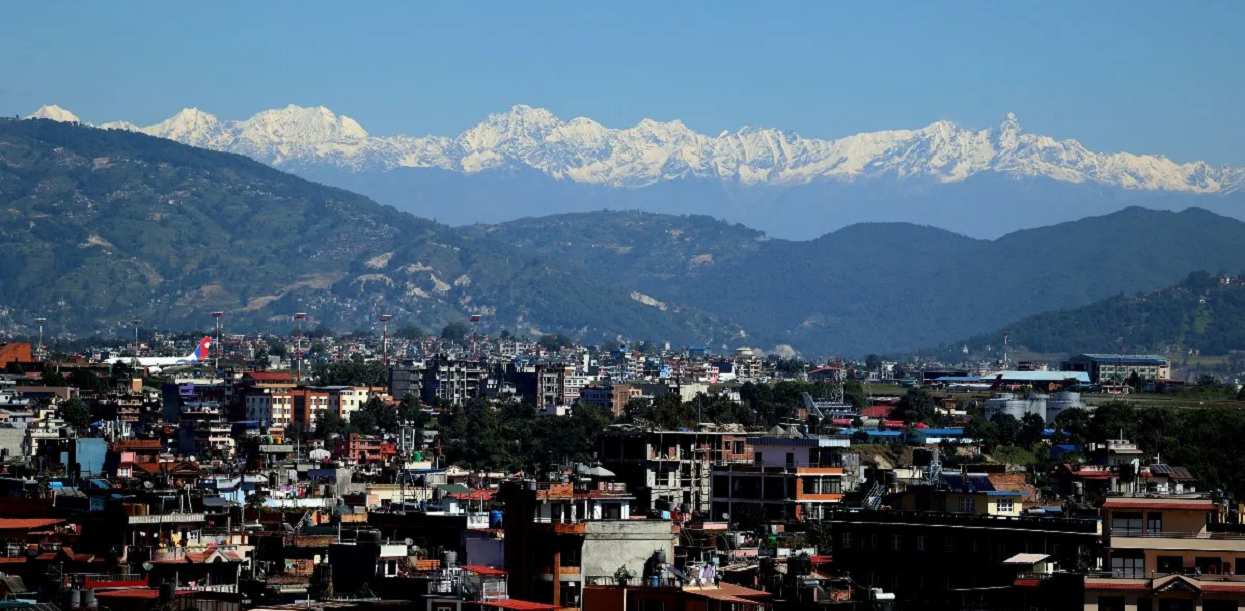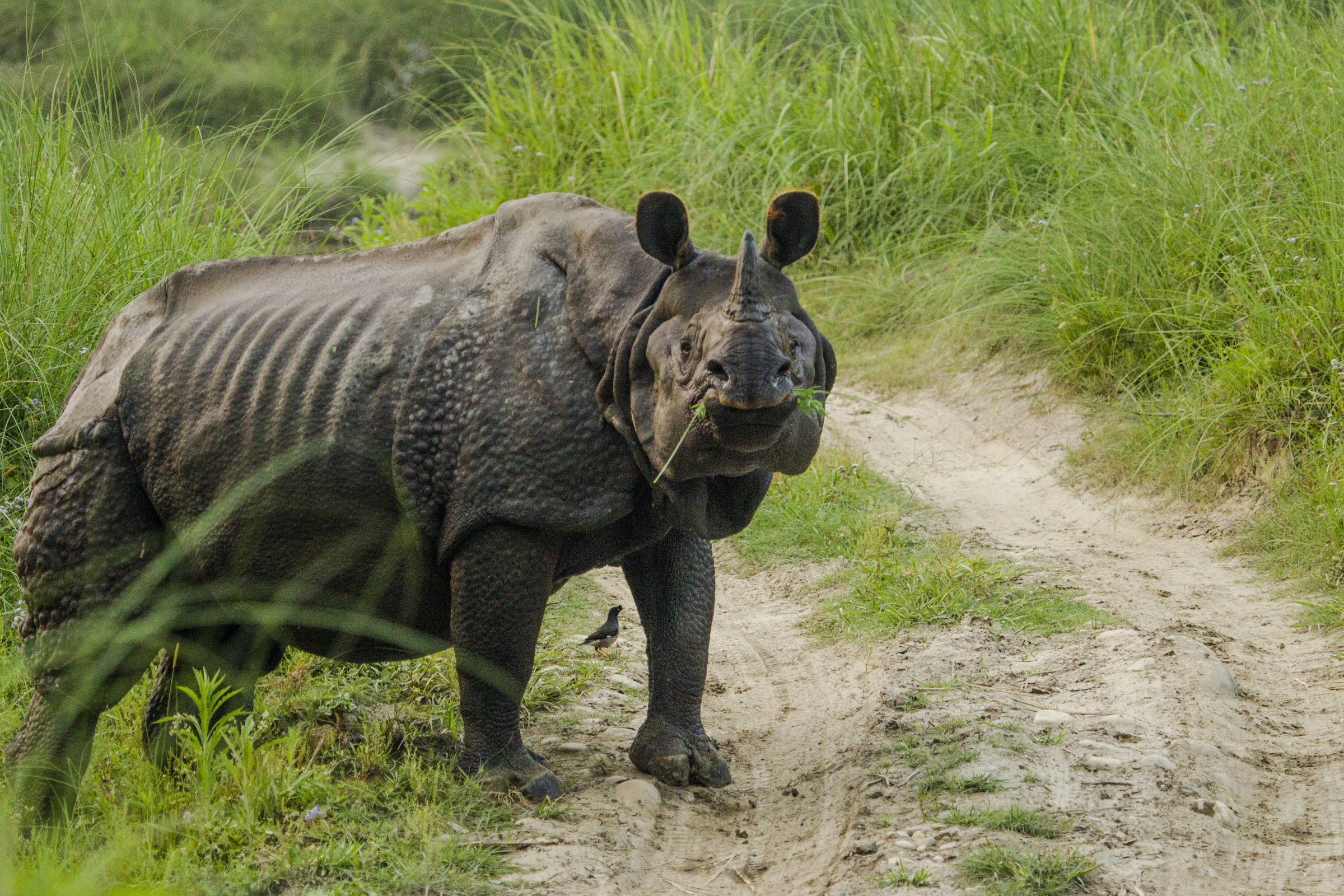Rainfall in Kathmandu leads to decrease in pollution, ranks 50th today
According to the Air Quality Index (AQI) data for today, the overall air quality level is 56, whereas it was 162 on May 2.

KATHMANDU: Kathmandu Valley has been listed as the 50th most polluted city in the world today, based on air quality data.
It has been categorized as the world’s first polluted city as of May 2.
According to the Air Quality Index (AQI) data for today, the overall air quality level is 56, whereas it was 162 on May 2.
This reduction in air pollution is attributed to the control of forest fires and the regulation of dust particles in the atmosphere.
Dharmendra Sharma, an environmentalist, has stated that when forest fires are controlled, air pollution also decreases. He said, “With the control of forest fires this year, air pollution has also decreased.” According to disaster management expert Dr. Dharmaraj Upreti, an AQI of 0 to 50 indicates good air quality, represented by a green signal.
“AQI between 51 and 100 remains moderate or signifies a yellow signal. Between 101 and 150 indicates unhealthy air quality where it affects respiratory patients and heart patients,” he said. “An AQI between 151 and 200 is also unhealthy, but it affects everyone,” he added.
“AQI from 201 to 300 is considered very unhealthy, and from 301 to 400 is considered hazardous, while from 401 to 450 it is very hazardous,” he explained. The Kathmandu Valley Air Quality Management Action Plan, 2076, determined by the Nepali government, considers an AQI of more than 300 as a disaster.
To prevent this disaster, the action plan includes measures such as halting brick kilns, expanding the use of electric vehicles, extensive road cleaning, and widespread use of vacuum cleaners.
It also emphasizes issuing public notices to children, the elderly, and patients to take special precautions.









